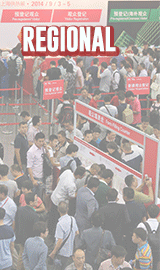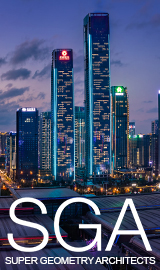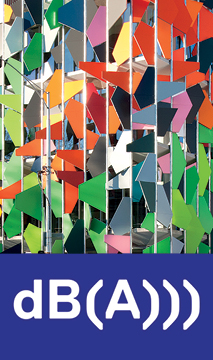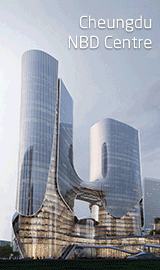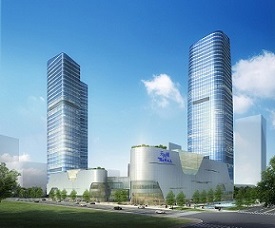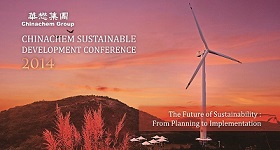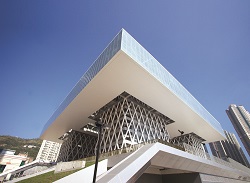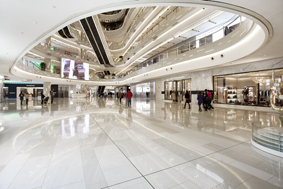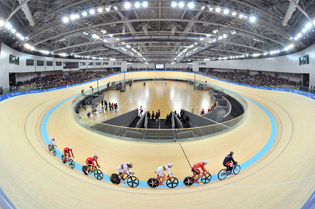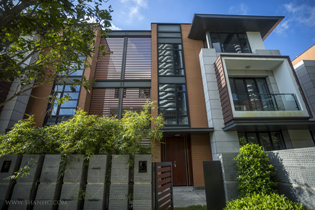Pomeroy Studio has unveiled plans for a bold new exhibition to be held at the National Design Centre (NDC) from 1st to 21st September 2014 that will coincide with the Singapore Green Building Week. Called ‘Design Green! Skycourts & Sk gardens’, the exposition will be curated by the Singapore based designers and thought leaders of sustainable built environments.

It will consist of three integrated component with distinguished speakers focused on skyrise greenery: ‘The Exhibition’, ‘The Discussion’, and ‘The Installation’. The public event will showcase global design projects, engage students in research and dialogue, and activate the NDC’s r oftop through ‘Transitional by Shophouse & Co, their travelling creative platform that brings life to various space s around the city. In conjunction with the Singapore Green Building Week 2014 and supported by the DesignSingapore Council, the exhibition and related events are conceived to celebrate the incorporation of greenery and open spaces within buildings for social interaction. Kicking off the three week exhibition will be the official launch event held on the 2nd of September 2014 in the atrium of the National Design Center.
The early evening event will feature a book signing of Jason Pomeroy’s latest book “Skycourts & Skygardens Greening the Urban Habitat”, and the presentation of the 2014 Pomeroy Studio ‘Design for a Sustainable Future’ (DSF ) student awards. ‘The Exhibition’, running until the 21st of September, will showcase selected local and global project s that feature sky courts and sky gardens brought to life through scaled models produced by students from the Raffles Design Institute. Award winning student s’ work from around the world will also be on display to provide an insight into future global urban habitats.
‘The Discussion’ brings together students from three leading universities, and industry experts from Singapore and abroad, in a three-‐day Masterclass from the 3rd to 5th of September. Famed architects, designers and engineers will also be featured, o e every evening in a forum entitled ‘Inside the Designer’s Studio’ – a public event that will see individuals from the built environment industry engaged in a question and answer session with Mike Staley, editor of Pacific Rim Construction magazine. ‘The Installation’ will feature the second edition of transitional by Shophouse & Co. Creative place making agency, Shophouse & Co will activate the rooftop through its c ration of programmes such as urban farming, rooftop concerts and collaborations with the communities living and working around the National Design Centre. Jeffrey Ho, Executive Director of the  DesignSingapore Council, commented, “This is a great opportunity for the public to visit the National Design Centre to learn and appreciate the incorporation of greenery within buildings through the Design Green! activities.
DesignSingapore Council, commented, “This is a great opportunity for the public to visit the National Design Centre to learn and appreciate the incorporation of greenery within buildings through the Design Green! activities.
We look forward to seeing new concepts and ideas on creating green spaces to encourage social interaction in our built environment. ” Jason Pomeroy, founding Princial of Pomeroy Studio added, “I am delighted to be able to bring ideas from my book to life through the collaboration with some of the World’s leading architects and academic institutions. As a creative studio that balances design and research, we are looking forward to bringing this exhibition to the general public in order to highlight the importance of greening our urban habitat for present and future generations”.
Details of final programming will be released in the c ming months. For more information, visit www.designgreen.sg


